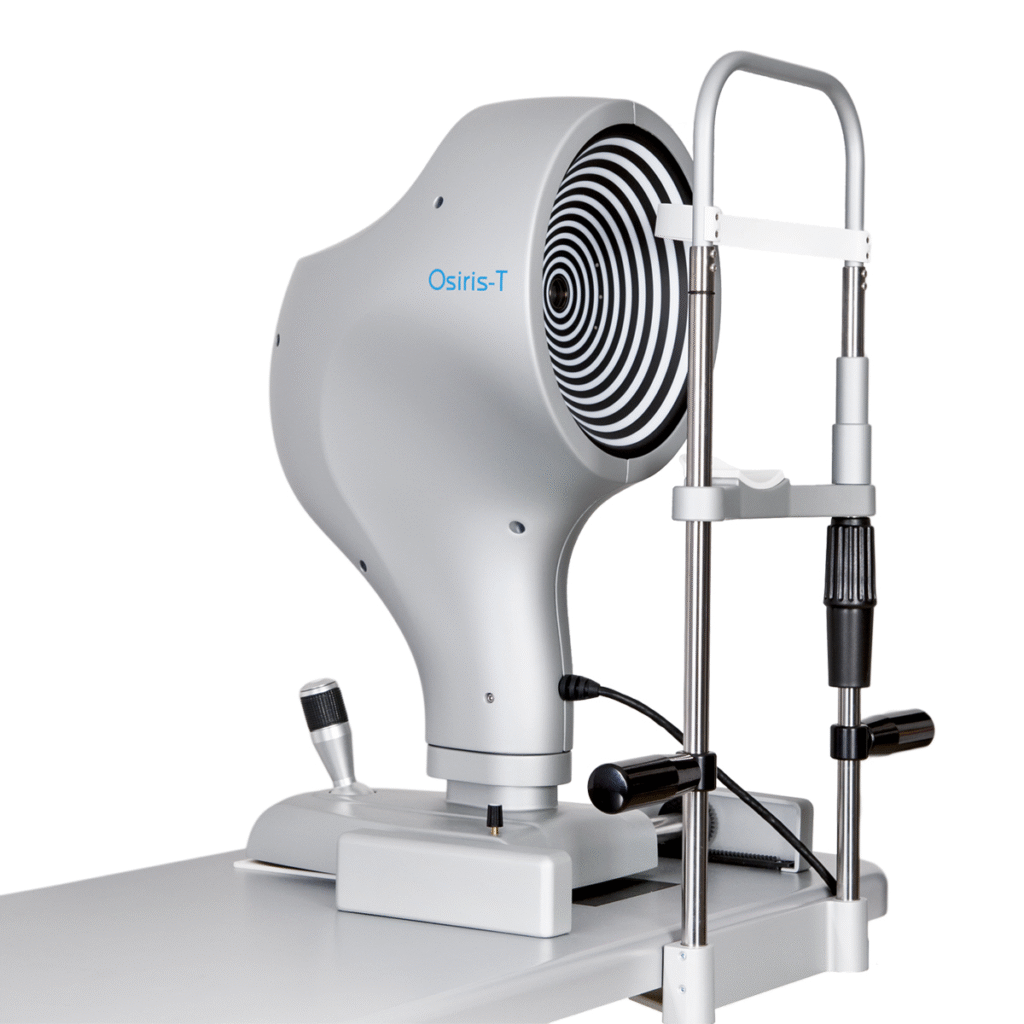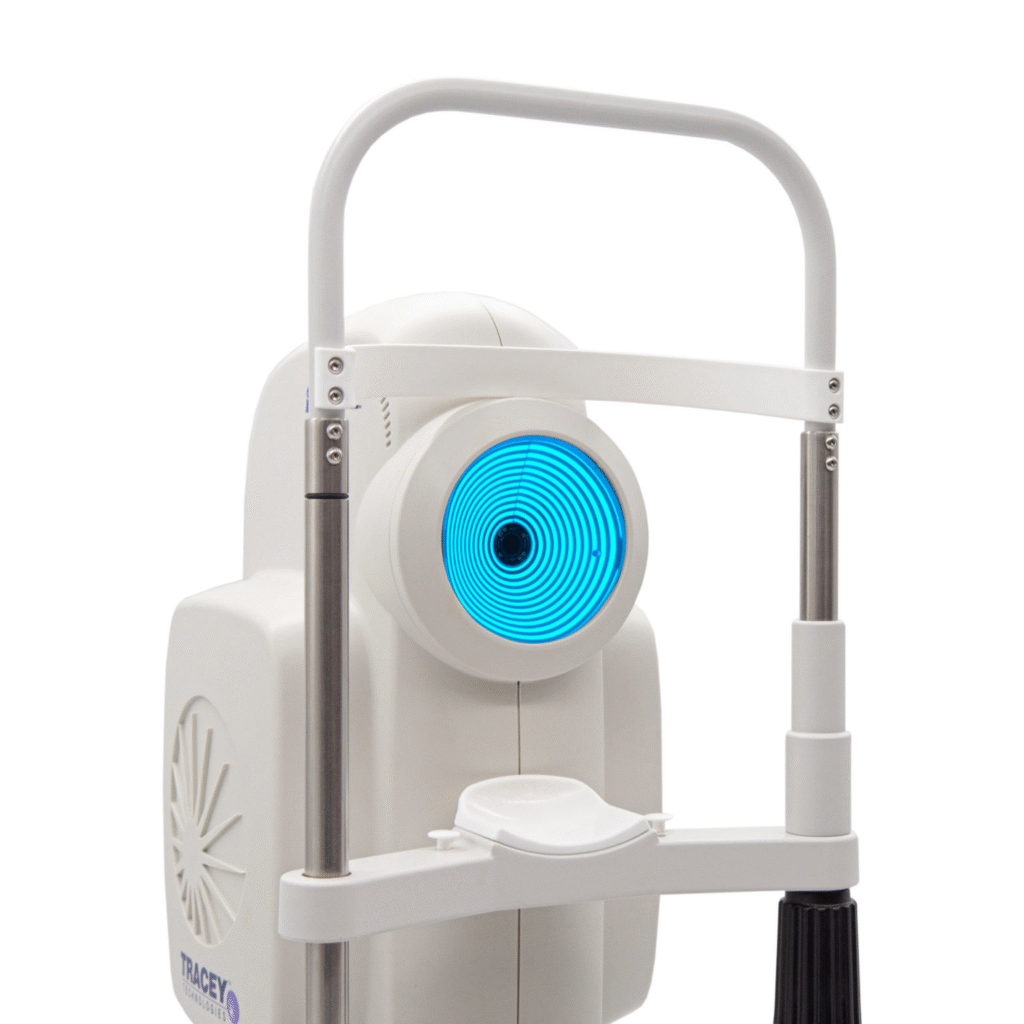
How to Choose the Best Aberrometer
Choosing the right aberrometer can be a game-changer for your optometry practice. With advances in technology and an increasing focus on high-precision diagnostics, aberrometers have become essential tools for everything from refractive assessments to surgical planning. But with so many options available, how do you decide which one fits your practice best?
In this article, we’ll break down the key factors to consider when choosing an aberrometer and introduce three of the most widely preferred devices in the industry.
What Is an Aberrometer?
An aberrometer is a diagnostic tool that measures how light is distorted as it passes through the eye. It helps detect and quantify higher-order aberrations (HOAs), which standard refraction methods can miss. Aberrometry is especially useful in managing patients undergoing LASIK, cataract surgery, or those with unexplained visual complaints.
How to Choose the Right Aberrometer
1. Know the Types of Aberrometry Technology
- Hartmann–Shack: The most common technology, known for accuracy and repeatability. It uses a lenslet array to measure wavefront error.
- Ray-Tracing: Offers more detailed separation of corneal and internal optics. Slightly more complex but useful for surgical planning.
- Pyramidal Sensor and Other Technologies: Advanced methods used primarily in research or high-end specialty practices.
Each type has its strengths, and your choice should depend on your clinical needs.
2. Define Your Clinical Goals
Before making a purchase, consider:
- Are you primarily diagnosing refractive errors, or are you doing pre/post-op assessments?
- Do you need detailed internal vs corneal HOA separation?
- Will the device be used in a high-volume setting that demands speed and automation?
Answering these questions will help you determine what features are essential.
3. Evaluate Key Features
Some important aspects to look for include:
- Accuracy and repeatability: A good aberrometer must deliver consistent results across different sessions.
- Pupil size coverage: It should work well with large pupils, especially in low-light conditions.
- Ease of use: Touchscreen controls, auto-alignment, and EMR integration make daily workflow smoother.
- Data richness: Look for devices that provide Zernike maps, point spread function (PSF), and internal vs external aberration breakdown.
3 Widely Preferred Aberrometers by Eye Care Professionals
1. Marco OPD-Scan III

This is a true all-in-one device combining wavefront aberrometry, autorefraction, keratometry, corneal topography, and pupillometry. It gathers over 20 diagnostic metrics in about 10 seconds.
Why it’s preferred:
- Integrates easily into a busy clinic setting
- Provides detailed data on angle kappa, PSF, and higher-order aberrations
- Includes retro-illumination imaging for lens opacity and alignment evaluation
Ideal for optometrists who want fast, reliable data for both refractive and cataract patients.
2. Tracey iTrace

This device uses ray-tracing technology to analyze both corneal and internal aberrations. It also offers Placido-based corneal topography and a unique feature called the Dysfunctional Lens Index (DLI) for cataract evaluation.
Why it’s preferred:
- Separates corneal and internal HOAs clearly
- Useful for surgical planning and understanding lens-related vision problems
- Offers in-depth visual performance analysis
Best suited for practices that focus on surgical co-management or advanced diagnostics.
3. CSO Osiris-T

This aberrometer uses pyramidal sensor technology and combines wavefront aberrometry with corneal topography. It collects high-resolution data in real-time, making it popular in specialty and research settings.
Why it’s preferred:
- Delivers 45,000 data points at 33 frames per second
- High-resolution imaging for both clinical and research use
- Ideal for comprehensive analysis of optical quality
Recommended for clinics that require very detailed wavefront data or are involved in clinical studies.
Final Tips for Optometrists
When choosing an aberrometer, here’s a simple checklist to guide you:
- Determine the primary use (routine diagnostics vs surgical planning)
- Choose a technology type and stick with it to ensure consistency in patient tracking
- Look for features that fit your workflow, including automation and EMR connectivity
- Consider your patient volume and whether speed is a factor
- Ensure vendor support is available for training and servicing
Conclusion
Investing in the right aberrometer can enhance your diagnostic capabilities and improve patient outcomes. Whether you’re running a general practice or a specialty clinic, there’s a device that can meet your specific needs. The Marco OPD-Scan III is a versatile choice for most clinics, the iTrace excels in detailed analysis for surgical decisions, and the CSO Osiris-T offers cutting-edge detail for those who need the highest level of data precision.
Visit our Facebook page and connect with optometrists read more articles
